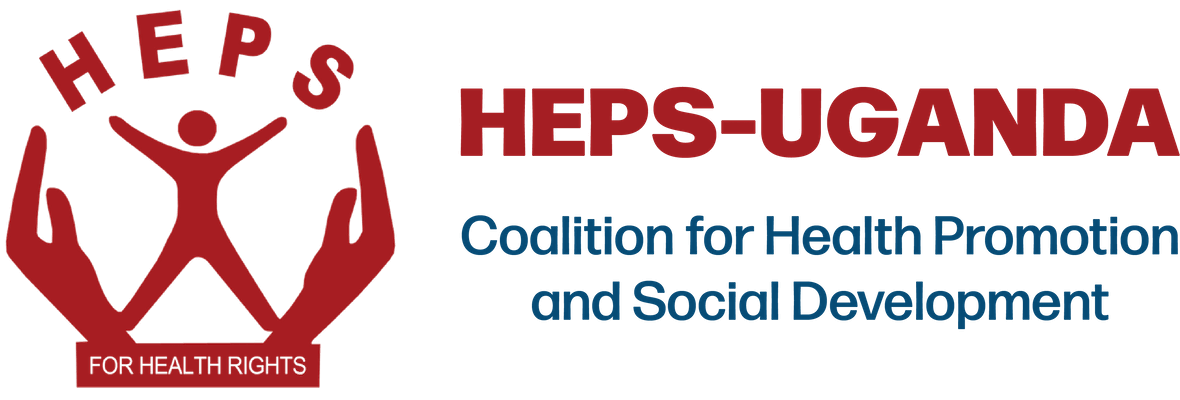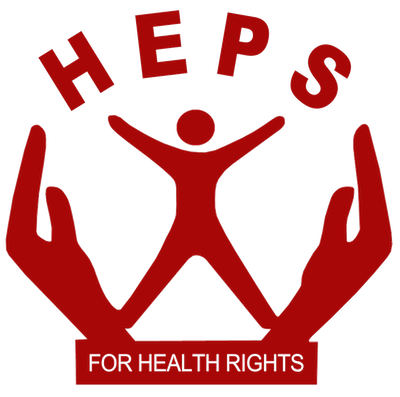The integration, centralization, and interoperability of Civil Registration and Vital Statistics (CRVS) systems will play a crucial role in supporting the ongoing digitalization of hospital records and the scale-up of the Electronic Medical Records (EMR) system in public health facilities in Uganda.
Supported by the World Health Organization (WHO), the Federal Republic of Germany, Baylor Uganda, and other partners, the Ministry of Health (MOH) is digitizing health service delivery in line with the Health Information and Digital Health Strategic Plan 2020/21-2024/25. The comprehensive Electronic Medical Record system is being rolled out in a phased approach to all health facilities across the country, starting with national referral hospitals down to volume Health center IIIs, according to MOH Permanent Secretary Dr. Diana Atwine.
The digitalization means that hospitals will become paperless and patients will no longer carry along or around the hospital exercise books as they navigate different service points. Some facilities report that they have already completed the transition. These include regional referral hospital (RRH) in Lira, Mubende, Masaka, Entebbe, Naguru, Arua, Jinja, Mbarara, and Kabale, as well as Kyangwali HC IV in Kikuube district.
In addition to investing in infrastructure and technology to support digital CRVS systems in public health facilities across the country, it will be critical to strengthen coordination between the National Identification and Registration Authority (NIRA) and MOH, especially in the notification and registration of births and deaths.
In the current paper system, NIRA has distributed forms to health facilities to facilitate the notification of births and deaths, but health workers have largely shelved them, making it difficult for parents to process birth certificates for their children. NIRA requires that births are registered with it within six months, with late registration coming at a fee.
According to the National Population and Housing Census 2024 Final Report published by the Uganda Bureau of Statistics (UBOS) in December 2024, three in every ten persons (31.8%) had a birth notification document, while one in every ten persons (11.4%) was registered with a birth certificate. Only 11% of the total household population were registered with NIRA, while 31.8% had notifications, and only one in every ten (10.3%) children under 5 years had full birth registration.
Birth registration gives a person legal identity and facilitates access to the national identification card, as well as access to essential public services, including health, education, banking, and other services. Death registration, on the other hand, provides crucial information for understanding causes of mortality, improving healthcare quality, and access to letters of administration by the deceased’s family members.
When fully rolled out, the CRVS system should be integrated to access information from health facilities by NIRA and other agencies that generate or utilize vital statistics, including statistics on adoptions, marriages, and divorces, and vice versa.
Digital CRVS systems allow for real-time data capture, reducing errors and inconsistencies associated with manual data entry. On the other hand, interoperable systems enable seamless data exchange between CRVS and health information systems and will minimize or even eliminate the duplication associated with current parallel systems. Accurate CRVS data are the basis for service for proper public health and other service planning, monitoring, and evaluation.
By prioritizing the integration, centralization, and interoperability of CRVS systems, Uganda can significantly enhance the effectiveness of its public health facilities, improve the health outcomes of its population, and improve the planning of other social services. This not only calls for investment in equipment and connectivity but also in building the capacity of health workers to use digital tools and systems, ensuring data privacy and security, and addressing the challenges of reaching remote health facilities and populations.




